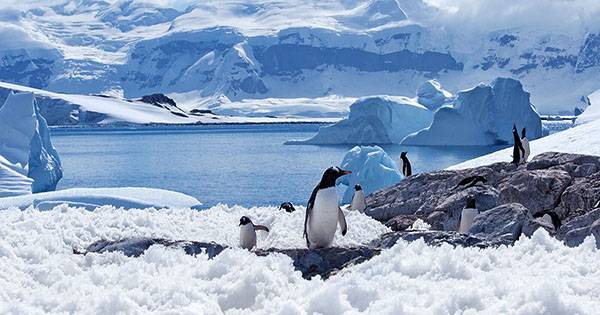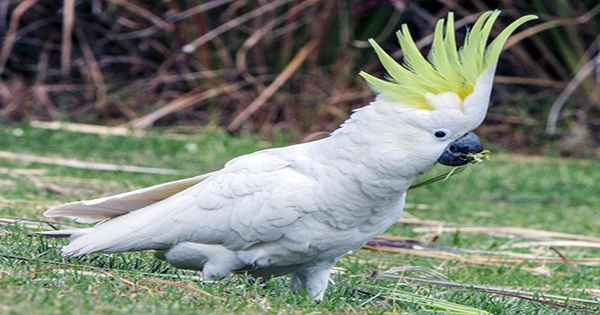In the wild, female killer whales can live up to 90 years, with the majority living an additional 22 years following menopause. Why humans and certain marine species spend a major chunk of their lives not reproducing has long baffled scientists.
Previous research demonstrates that killer whale mothers continue to provide for their families by sharing the fish they catch even after giving birth to their last calf. Now, researchers highlight that these mothers can also provide social care to their boys by shielding them from harm by other orcas in a study published on July 20 in the journal Current Biology.
“The motivation of this project was really to try and understand how these post-reproductive females are helping their offspring,” says first author Charli Grimes, an animal-behavior scientist at the University of Exeter. “Our results highlight a new pathway by which menopause is adaptive in killer whales.”
The research group focused on southern resident orcas, a population of orcas that inhabit off the coast of the Pacific Northwest. These killer whales live in matriarchal social groups made up of a mother, her children, and her daughters’ children. Both male and female orcas live their entire lives in their natal pod with their mother, despite the fact that male orcas will outbreed with whales from other pods.
It’s possible that with age comes advanced social knowledge. Over time, they might have a better understanding of other social groups. Given these close mother-son associations, it could also be that she is present in a situation of conflict so she can signal to her sons to avoid the risky behavior they might be participating in.
Charli Grimes
The researchers examined each cataloged whale’s skin for signs of scarring using information from the yearly photographic census of the orca population conducted by the Center for Whale Research. Killer whales do not have any other predators outside people, hence any tooth mark that can pierce the skin of an orca was most likely caused by another orca.
According to the study, a particular boy would have less tooth marks than either his classmates who were motherless or those who had mothers who were still having children if his mother was still living and not now reproducing.
“It was striking to see how directed the social support was,” says senior author Darren Croft, an animal-behavior scientist at the University of Exeter. “If you have a post-reproductive mother who’s not your mother within the social group, there’s no benefit. It’s not that these females are performing a general policing role. These post-reproductive mothers are targeting the support they are giving to their sons.”
Researchers are still unsure of what specific social disputes cause teeth marks or how elder women are shielding their sons from them. They do observe that post-menopausal women have the lowest prevalence of tooth marks across the board, which may indicate that they avoid getting physically involved in disputes.
elder orca females may serve as mediators, averting conflict altogether, if their roles are comparable to those of elder women in human communities. The researchers intend to carry out an additional investigation using drone footage to examine whale behavior in order to delve more into this.
“It’s possible that with age comes advanced social knowledge. Over time, they might have a better understanding of other social groups,” says Grimes. “Given these close mother-son associations, it could also be that she is present in a situation of conflict so she can signal to her sons to avoid the risky behavior they might be participating in.”
“We’ve got hypotheses, but we need to test them by seeing what’s happening under water when these different groups interact,” says Croft. “We’ve learned so much from this population, but we’ve still got so much to learn from them.”
















